Cashew nuts are highly popular and extensively consumed across the globe. As a result, numerous countries rely on the importation of cashews to meet the ever-increasing demand. This article provides an overview of some key cashew importing countries, exploring their importing patterns, market trends, and factors influencing their import volumes. Understanding the dynamics of these cashew importing nations can offer valuable insights to businesses and stakeholders involved in the cashew industry. 1. United States: The United States is one of the largest cashew importing countries worldwide, driven primarily by the growing popularity of healthy snacking options. The demand for cashews has witnessed an upward trend due to their nutritional benefits, versatility in culinary applications, and increasing consumer preference for plant-based diets. The U.S. imports cashews primarily from Vietnam, India, and Brazil. The country’s strong consumer market, along with the presence of numerous food processing and confectionery companies, contributes to the high cashew import volumes. 2. European Union: The European Union (EU) is a significant market for cashew imports, catering to an extensive consumer base. Within the EU, Germany, the Netherlands, and the United Kingdom are key players in terms of cashew imports. The demand for cashews in the EU market has been influenced by factors such as a shift toward healthy snacking, popularity of veganism, and increased awareness about the nutritional value of cashews. West African countries, particularly Ivory Coast, Benin, and Burkina Faso, are major sources of cashew imports for the EU region. 3. China: China has observed rapid growth in cashew imports over recent years, driven by changing dietary preferences and increasing disposable incomes. The burgeoning middle class in China is increasingly embracing healthy snacking options like cashews, leading to a surge in demand. Vietnam serves as the primary supplier, followed by African nations such as Gambia, Côte d’Ivoire, and Tanzania. The Chinese cashew market offers excellent opportunities for exporters looking to tap into the country’s growing consumer base. 4. India: India, being one of the largest producers of cashews, ironically also imports significant volumes of cashews to meet domestic demand. The country’s cashew processing industry faces challenges such as outdated technology, inadequate infrastructure, and inconsistent supply quality, leading to substantial imports. India imports cashews primarily from African countries like Benin, Côte d’Ivoire, and Guinea-Bissau. 5. Middle East: The Middle East region, comprising countries such as Saudi Arabia, the United Arab Emirates, and Qatar, are prominent importers of cashews. The high consumption of cashews in Middle Eastern cuisines and the popularity of traditional desserts like baklava contribute to the region’s robust cashew import market. India, Vietnam, and Tanzania are key suppliers to the Middle East, while India enjoys a dominant position due to its proximity and cultural influences. 6. Japan: Japan has witnessed a steady increase in cashew imports in recent years, driven by factors such as rising health consciousness, shifting dietary preferences, and the role of cashews in traditional Japanese confectionery. Major suppliers to Japan include Vietnam, Indonesia, and India. The Japanese market offers potential for cashew exporters, given the strong consumer demand and the willingness to pay a premium for high-quality cashew products. 7. South Korea: South Korea has emerged as an important cashew importing country in Asia. The country’s growing urban population, changing lifestyles, and increasing exposure to international cuisines have fueled demand for cashews. Key suppliers to South Korea include Vietnam, India, and Indonesia. Cashew exporters looking to diversify their markets should consider exploring opportunities in South Korea’s expanding cashew market. Factors Influencing Cashew Imports: a) Price and Quality: Price sensitivity and quality considerations play a pivotal role in influencing cashew imports. Importing countries closely analyze pricing trends, evaluating the competitiveness of exporters while seeking high-quality cashews. b) Consumption Patterns: The preferences and consumption patterns of consumers significantly impact cashew imports. Changing dietary habits, increasing health consciousness, and the demand for innovative snack options drive cashew import volumes. c) Domestic Production and Processing Capabilities: Countries with limited domestic cashew production or inadequate processing capabilities tend to rely heavily on imports to meet consumer demand. Factors like climate suitability, infrastructure, and technological advancements impact the need for importation. d) Trade Agreements: Bilateral or multilateral trade agreements can affect cashew imports by facilitating smoother trade routes, reducing tariffs, and enhancing market accessibility. Conclusion: Cashew imports play a crucial role in meeting the global demand for this popular nut. The United States, European Union, China, India, Middle Eastern countries, Japan, and South Korea are key players in the cashew import market, each driven by unique factors. Cashew exporters looking to expand their reach and tap into these markets need to account for the consumption patterns, quality expectations, and market dynamics specific to each importing country.
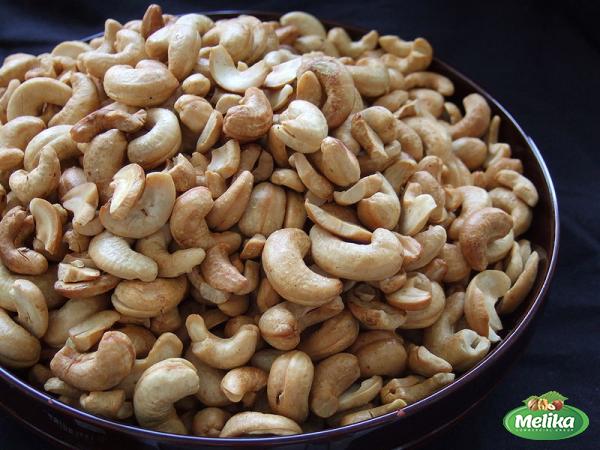
nuts
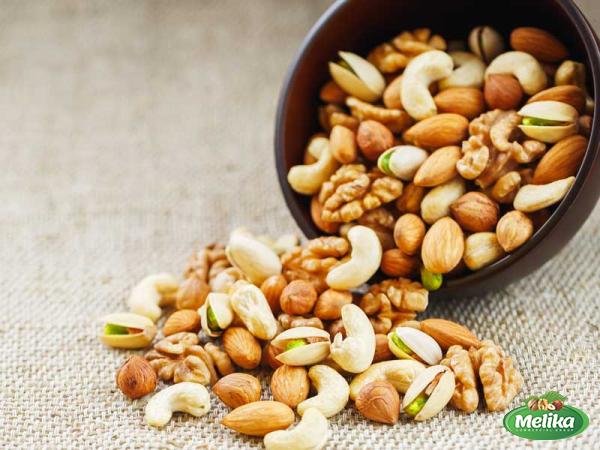 A comprehensive understanding of these factors will help businesses make informed decisions and establish successful international trade relationships. Cashew Importing Countries: Exploring Business Opportunities 1. United States: A Robust Market for Cashew Imports The United States is a lucrative market for cashew imports, offering numerous business opportunities for exporters. The demand for cashew nuts in the U.S. has been growing steadily due to several factors. Firstly, there is an increasing consumer inclination towards healthy snacking options, making cashews a popular choice. Additionally, the rise of plant-based diets and the versatility of cashews in various culinary applications contribute to their high demand. To leverage the U.S. market, exporters should ensure competitive pricing, high-quality products, and reliable supply chains. Establishing strong relationships with buyers and distributors is crucial for success. Furthermore, understanding U.S. food regulations, labeling requirements, and certification processes is essential when entering the market. 2. European Union: A Vast Consumer Base for Cashew Imports The European Union presents a vast consumer base for cashew imports, with countries like Germany, the Netherlands, and the United Kingdom leading the demand. The popularity of cashews in the EU is driven by factors such as the growing trend of healthy snacking, the rise of veganism, and increased awareness of the nutritional value of cashew nuts. Moreover, the EU’s commitment to sustainability and fair trade practices creates opportunities for certified organic and ethically sourced cashews. Exporters can cater to this demand by highlighting their sustainability initiatives and certifications. 3. China: Tapping into a Booming Cashew Market China has experienced remarkable growth in cashew imports in recent years, fueled by changing dietary preferences and increasing disposable incomes. The growing middle class in China is embracing healthy snacking options, including cashews, leading to a surge in demand. To penetrate the Chinese cashew market, exporters should focus on building strong distribution networks and partnerships with local importers. Understanding Chinese consumers’ preferences and preferences is critical for successful market entry. Additionally, exporters should consider packaging and branding strategies tailored to the Chinese market. 4. India: Overcoming Domestic Production Challenges through Import Despite being one of the largest cashew producers globally, India imports significant volumes of cashews to meet domestic demand. The country’s cashew processing industry faces challenges such as outdated technology, inadequate infrastructure, and inconsistent supply quality, prompting the need for imports. Exporters looking to target the Indian market should focus on supplying high-quality cashew nuts that meet the specific requirements of Indian consumers.
A comprehensive understanding of these factors will help businesses make informed decisions and establish successful international trade relationships. Cashew Importing Countries: Exploring Business Opportunities 1. United States: A Robust Market for Cashew Imports The United States is a lucrative market for cashew imports, offering numerous business opportunities for exporters. The demand for cashew nuts in the U.S. has been growing steadily due to several factors. Firstly, there is an increasing consumer inclination towards healthy snacking options, making cashews a popular choice. Additionally, the rise of plant-based diets and the versatility of cashews in various culinary applications contribute to their high demand. To leverage the U.S. market, exporters should ensure competitive pricing, high-quality products, and reliable supply chains. Establishing strong relationships with buyers and distributors is crucial for success. Furthermore, understanding U.S. food regulations, labeling requirements, and certification processes is essential when entering the market. 2. European Union: A Vast Consumer Base for Cashew Imports The European Union presents a vast consumer base for cashew imports, with countries like Germany, the Netherlands, and the United Kingdom leading the demand. The popularity of cashews in the EU is driven by factors such as the growing trend of healthy snacking, the rise of veganism, and increased awareness of the nutritional value of cashew nuts. Moreover, the EU’s commitment to sustainability and fair trade practices creates opportunities for certified organic and ethically sourced cashews. Exporters can cater to this demand by highlighting their sustainability initiatives and certifications. 3. China: Tapping into a Booming Cashew Market China has experienced remarkable growth in cashew imports in recent years, fueled by changing dietary preferences and increasing disposable incomes. The growing middle class in China is embracing healthy snacking options, including cashews, leading to a surge in demand. To penetrate the Chinese cashew market, exporters should focus on building strong distribution networks and partnerships with local importers. Understanding Chinese consumers’ preferences and preferences is critical for successful market entry. Additionally, exporters should consider packaging and branding strategies tailored to the Chinese market. 4. India: Overcoming Domestic Production Challenges through Import Despite being one of the largest cashew producers globally, India imports significant volumes of cashews to meet domestic demand. The country’s cashew processing industry faces challenges such as outdated technology, inadequate infrastructure, and inconsistent supply quality, prompting the need for imports. Exporters looking to target the Indian market should focus on supplying high-quality cashew nuts that meet the specific requirements of Indian consumers.
Specifications of nuts
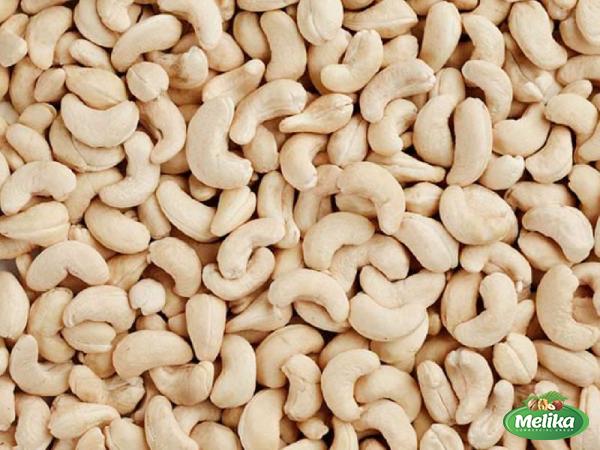 Establishing partnerships with Indian importers and distributors can enhance market penetration and enable exporters to navigate the unique business landscape of India. 5. Middle East: Meeting the Cashew Demand in Traditional Cuisine The Middle East region, encompassing countries such as Saudi Arabia, the United Arab Emirates, and Qatar, presents a lucrative market for cashew imports. Cashews are prominently featured in Middle Eastern cuisines and traditional desserts like baklava, leading to a consistently high demand. Exporters seeking business opportunities in the Middle East should prioritize quality and ensure adherence to halal certification standards. Building strong relationships with importers and distributors in the region is paramount to success. Additionally, participating in trade shows and exhibitions can increase visibility and create networking opportunities. 6. Japan: Cashew Imports Meet Traditional Culinary Practices Japan has witnessed a steady increase in cashew imports in recent years, driven by factors such as rising health consciousness, shifting dietary preferences, and the use of cashews in traditional Japanese confectionery. Suppliers from Vietnam, Indonesia, and India cater to the Japanese market. To excel in the Japanese market, exporters should focus on providing high-quality cashew nuts and offering unique flavors or preparations tailored to Japanese tastes. Collaborating with local distributors and participating in food-related events and trade fairs can help establish brand presence and gain consumer trust. 7. South Korea: Capitalizing on Changing Consumer Preferences South Korea has emerged as an important cashew importing country in Asia, driven by its growing urban population, changing lifestyles, and exposure to international cuisines. As a result, the demand for cashews in South Korea has seen significant growth. Exporters should consider offering a variety of cashew products, such as flavored or roasted cashews, to cater to Korean consumers’ preferences. Building relationships with importers and distributors and staying updated with market trends and regulations are vital for sustained success in the South Korean market.
Establishing partnerships with Indian importers and distributors can enhance market penetration and enable exporters to navigate the unique business landscape of India. 5. Middle East: Meeting the Cashew Demand in Traditional Cuisine The Middle East region, encompassing countries such as Saudi Arabia, the United Arab Emirates, and Qatar, presents a lucrative market for cashew imports. Cashews are prominently featured in Middle Eastern cuisines and traditional desserts like baklava, leading to a consistently high demand. Exporters seeking business opportunities in the Middle East should prioritize quality and ensure adherence to halal certification standards. Building strong relationships with importers and distributors in the region is paramount to success. Additionally, participating in trade shows and exhibitions can increase visibility and create networking opportunities. 6. Japan: Cashew Imports Meet Traditional Culinary Practices Japan has witnessed a steady increase in cashew imports in recent years, driven by factors such as rising health consciousness, shifting dietary preferences, and the use of cashews in traditional Japanese confectionery. Suppliers from Vietnam, Indonesia, and India cater to the Japanese market. To excel in the Japanese market, exporters should focus on providing high-quality cashew nuts and offering unique flavors or preparations tailored to Japanese tastes. Collaborating with local distributors and participating in food-related events and trade fairs can help establish brand presence and gain consumer trust. 7. South Korea: Capitalizing on Changing Consumer Preferences South Korea has emerged as an important cashew importing country in Asia, driven by its growing urban population, changing lifestyles, and exposure to international cuisines. As a result, the demand for cashews in South Korea has seen significant growth. Exporters should consider offering a variety of cashew products, such as flavored or roasted cashews, to cater to Korean consumers’ preferences. Building relationships with importers and distributors and staying updated with market trends and regulations are vital for sustained success in the South Korean market.
buy nuts
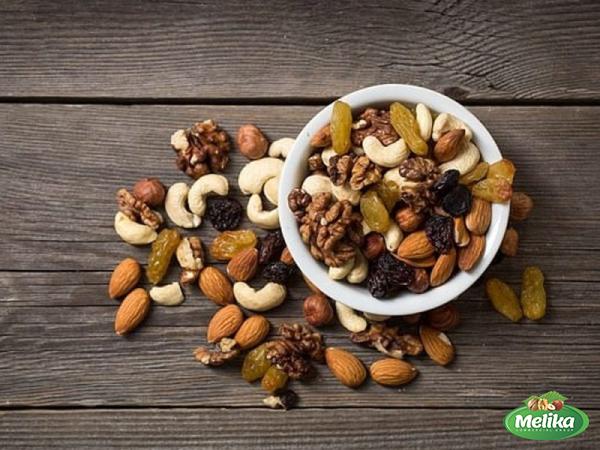 8. Factors Influencing Cashew Imports: Price and Quality Considerations Price and quality are critical factors influencing cashew imports across all countries. Importing nations closely analyze pricing trends, looking for competitive prices without compromising on quality. Exporters should focus on maintaining competitive pricing strategies while ensuring consistent quality standards to remain competitive in the global market. 9. Factors Influencing Cashew Imports: Consumption Patterns and Health Trends Consumption patterns and health trends significantly impact the demand for cashew imports. As consumers become more health-conscious and embrace plant-based diets, the popularity of cashew nuts continues to rise. Exporters should emphasize the nutritional benefits and versatile culinary uses of cashews to capitalize on this growing trend. 10. Factors Influencing Cashew Imports: Domestic Production and Processing Capabilities Countries with limited domestic cashew production or inadequate processing capabilities heavily rely on imports to meet consumer demand. Factors such as climate suitability, infrastructure availability, and technological advancements play a crucial role in determining the need for importation. Exporters can leverage their production capabilities and emphasize quality assurance to cater to these markets’ specific needs. Conclusion: Cashew importing countries offer significant business opportunities for exporters worldwide. Understanding the dynamics, preferences, and regulations of each market is key to successful market entry and growth. By considering factors such as price and quality, consumption patterns, domestic production capabilities, and trade agreements, exporters can navigate the global cashew market and build profitable business relationships. Emphasizing product quality, sustainability, and consumer preferences will enable exporters to thrive in the competitive cashew industry.
8. Factors Influencing Cashew Imports: Price and Quality Considerations Price and quality are critical factors influencing cashew imports across all countries. Importing nations closely analyze pricing trends, looking for competitive prices without compromising on quality. Exporters should focus on maintaining competitive pricing strategies while ensuring consistent quality standards to remain competitive in the global market. 9. Factors Influencing Cashew Imports: Consumption Patterns and Health Trends Consumption patterns and health trends significantly impact the demand for cashew imports. As consumers become more health-conscious and embrace plant-based diets, the popularity of cashew nuts continues to rise. Exporters should emphasize the nutritional benefits and versatile culinary uses of cashews to capitalize on this growing trend. 10. Factors Influencing Cashew Imports: Domestic Production and Processing Capabilities Countries with limited domestic cashew production or inadequate processing capabilities heavily rely on imports to meet consumer demand. Factors such as climate suitability, infrastructure availability, and technological advancements play a crucial role in determining the need for importation. Exporters can leverage their production capabilities and emphasize quality assurance to cater to these markets’ specific needs. Conclusion: Cashew importing countries offer significant business opportunities for exporters worldwide. Understanding the dynamics, preferences, and regulations of each market is key to successful market entry and growth. By considering factors such as price and quality, consumption patterns, domestic production capabilities, and trade agreements, exporters can navigate the global cashew market and build profitable business relationships. Emphasizing product quality, sustainability, and consumer preferences will enable exporters to thrive in the competitive cashew industry.

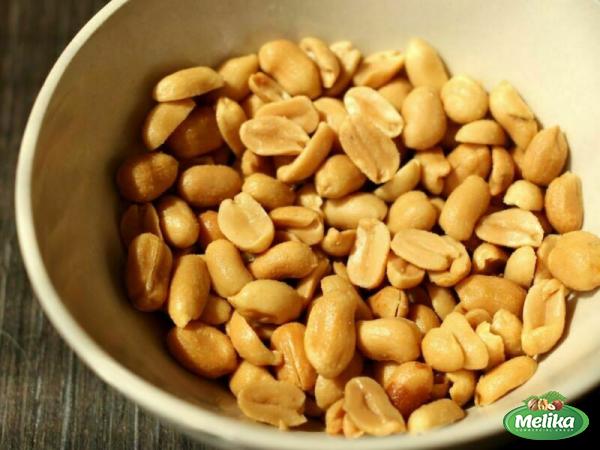

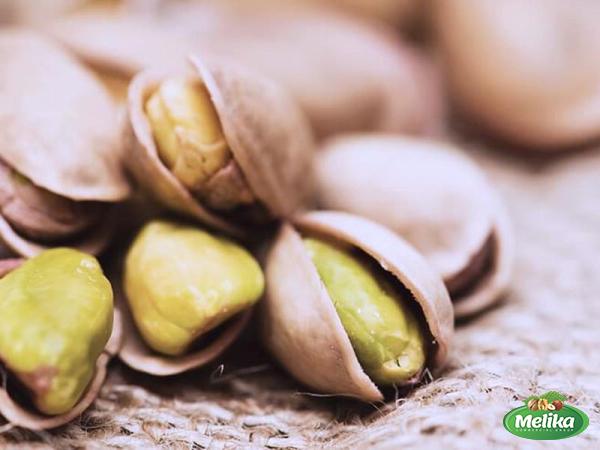
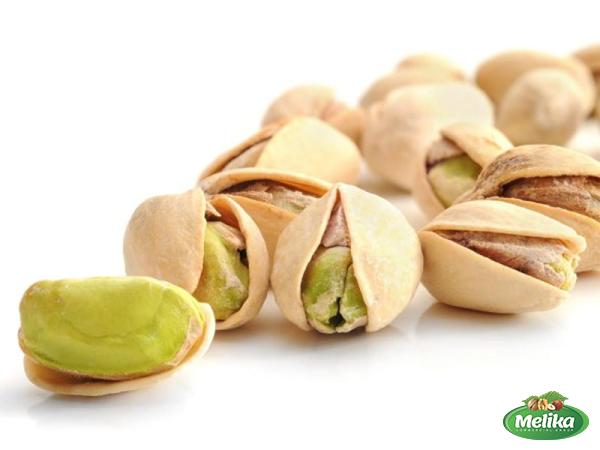
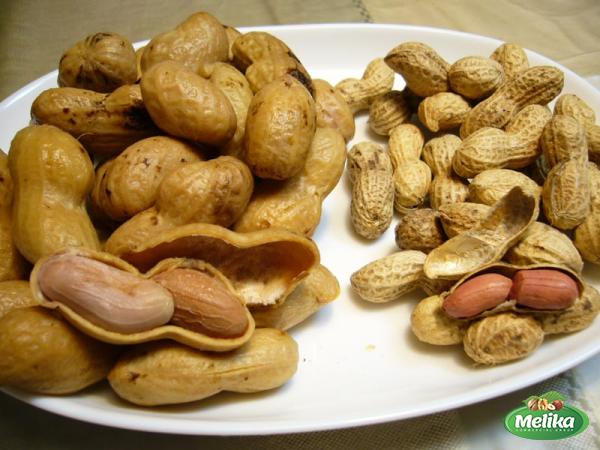
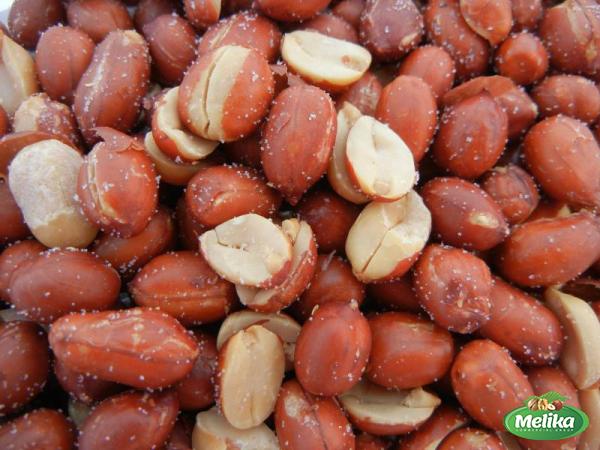

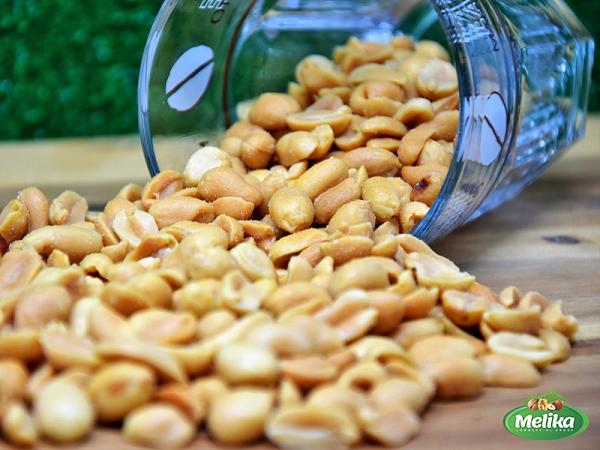

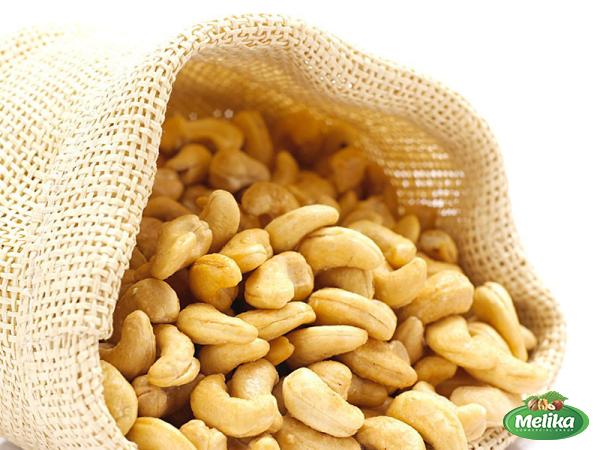
Your comment submitted.